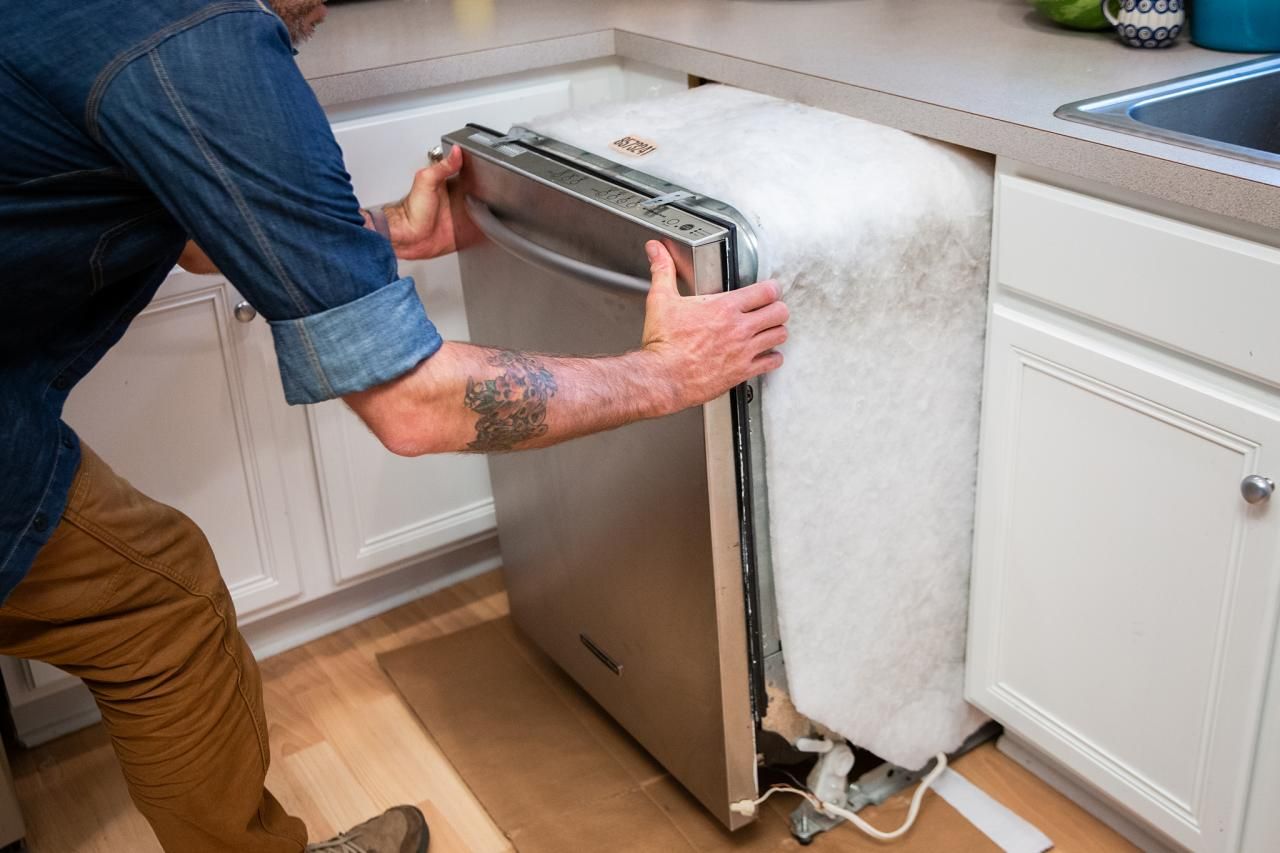

Articles
How To Replace Dishwasher
Modified: March 21, 2024
Learn how to replace your dishwasher with step-by-step articles, tips, and tricks. Upgrade your kitchen with a new dishwasher hassle-free.
(Many of the links in this article redirect to a specific reviewed product. Your purchase of these products through affiliate links helps to generate commission for Storables.com, at no extra cost. Learn more)
Introduction
Welcome to our comprehensive guide on how to replace a dishwasher. Whether your old dishwasher has reached the end of its life or you simply want to upgrade to a newer model, this step-by-step tutorial will help you navigate the process with ease. Replacing a dishwasher may seem like a daunting task, but with the right tools and instructions, you can confidently take on this project and have a fully functioning dishwasher in no time.
A dishwasher is an essential appliance in any modern kitchen, as it saves you time and effort by automating the dishwashing process. While dishwashers are designed to be durable, there are instances when they need to be replaced. This could be due to mechanical issues, leaks, or simply wanting to upgrade to a more energy-efficient model.
Before diving into the replacement process, it’s important to note that electrical and plumbing work can be potentially hazardous if not done properly. If you’re not comfortable with these tasks, it’s highly recommended to hire a professional to ensure a safe and successful installation. However, if you have some basic knowledge and feel confident in your abilities, let’s jump into the step-by-step process of replacing a dishwasher.
Key Takeaways:
- Replacing a dishwasher may seem daunting, but with the right tools and knowledge, it can be accomplished confidently. Safety is crucial, and professional help is recommended if you feel uncomfortable with any step.
- Enjoy the convenience of a new dishwasher by following the step-by-step process. Say goodbye to hand-washing dishes and embrace the time-saving benefits of a fully functioning appliance.
Read more: How To Replace A Dishwasher Heating Element
Step 1: Gathering the Necessary Tools and Materials
Before you begin replacing your dishwasher, it’s important to gather all the necessary tools and materials to ensure a smooth and efficient installation. Here’s a list of items you’ll need:
- Adjustable wrench
- Screwdriver (either Phillips or flathead, depending on the screws used)
- Pliers
- Bucket or towels (to catch any water during the disconnection process)
- Teflon tape or plumber’s tape
- New dishwasher
- Electrical tape
- Wire nuts
Having these tools and materials on hand will make the installation process much smoother. It’s also a good idea to read through the instruction manual that comes with your new dishwasher to familiarize yourself with any specific requirements or recommendations from the manufacturer.
Once you have all the necessary tools and materials, you’ll be ready to move on to the next step: shutting off the power and water supply to your old dishwasher.
Step 2: Shutting Off the Power and Water Supply
Prior to disconnecting your old dishwasher, it is crucial to ensure that both the power and water supply are turned off. This step is essential for your safety and to prevent any potential damage during the removal process.
Here’s how to shut off the power and water supply:
- Locate the circuit breaker or fuse box in your home. Identify the circuit or fuse that controls the power to the dishwasher. Switch off the circuit breaker or remove the fuse to disconnect the power supply.
- Next, locate the water shut-off valve under your sink. Turn the valve clockwise until it’s fully closed to stop the water flow to the dishwasher.
- It’s always a good idea to test that both the power and water supply have been successfully turned off. Attempt to turn on the dishwasher to ensure it does not power on, and run the sink faucet to verify that no water is flowing into the dishwasher.
By taking these precautionary measures, you can proceed with the disconnection of your old dishwasher without worrying about any potential electrical or water-related accidents.
Once you have completed this step, it’s time to move on to the next phase: disconnecting the old dishwasher from its electrical and plumbing connections.
Step 3: Disconnecting the Old Dishwasher
Now that you have successfully shut off the power and water supply, it’s time to disconnect the old dishwasher from its electrical and plumbing connections. Follow these steps:
- Open the dishwasher door and locate the junction box at the bottom of the dishwasher. Remove the cover of the junction box using a screwdriver. Inside, you will find electrical wires connected with wire nuts. Unscrew the wire nuts and disconnect the wires.
- Once the electrical connections are disconnected, carefully slide the dishwasher out from its position. This may require some gentle rocking back and forth to loosen it from its housing.
- As you slide the dishwasher out, be cautious of any remaining water in the dishwasher and the plumbing lines. Place a bucket or towels underneath the dishwasher to catch any water that may spill.
- Next, locate the water supply line and the drain hose connected to the dishwasher. Use pliers or an adjustable wrench to loosen the nuts connecting these lines to the dishwasher. Remove the lines once they are loose.
- With all the electrical and plumbing connections detached, carefully lift the old dishwasher out from its space. Be mindful of the weight and take any necessary precautions to prevent strain or injury.
Once the old dishwasher has been successfully removed, you can move on to preparing the new dishwasher for installation.
Note: It’s always a good idea to consult the instruction manual provided with your new dishwasher for any specific recommendations or guidelines during the disconnection process.
Step 4: Preparing the New Dishwasher for Installation
Now that you have removed the old dishwasher, it’s time to prepare the new dishwasher for installation. This step involves ensuring that the new dishwasher is compatible with your kitchen space and making any necessary adjustments:
- Measure the space where the new dishwasher will be installed to ensure a proper fit. Make note of any height, width, or depth restrictions specified by the manufacturer.
- If the new dishwasher is larger or smaller than the previous one, you may need to make adjustments to the cabinet or countertop to accommodate the new dimensions. Consult a professional if you require assistance with cabinet modifications.
- Inspect the drain hose and water supply line of the new dishwasher. Check for any visible damage or wear. If necessary, replace these components before proceeding with the installation.
- Apply Teflon tape or plumber’s tape to the threaded fittings of the water supply line. This will help create a secure and leak-free connection when attaching the line to the new dishwasher.
- Once you have made these preparations, carefully position the new dishwasher in the designated space. Ensure that it is level and aligned properly with the surrounding cabinets.
By taking the time to properly prepare the new dishwasher, you can ensure a seamless installation process and minimize the chances of any complications during the next steps.
With the new dishwasher in place, you are now ready to move on to connecting the water and drain lines.
Note: Always refer to the manufacturer’s instructions for any specific requirements or guidelines during the preparation phase of your new dishwasher.
Before replacing a dishwasher, make sure to turn off the power and water supply. Disconnect the old dishwasher and carefully follow the installation instructions for the new one. Double-check all connections before turning the power and water back on.
Step 5: Connecting the Water and Drain Lines
With the new dishwasher in position and properly prepared, it’s time to connect the water and drain lines. Follow these steps:
- Locate the water supply line and the drain hose on the new dishwasher. Ensure they are long enough to reach the corresponding connections.
- Attach the threaded end of the water supply line to the water inlet valve on the new dishwasher. Use pliers or an adjustable wrench to tighten the connection, ensuring it is secure but not over-tightened.
- Connect the other end of the water supply line to the shut-off valve under the sink. Again, use pliers or an adjustable wrench to tighten the connection, making sure it is snug and leak-free.
- Take the drain hose and connect it to the drain outlet on the new dishwasher. Secure it in place using a hose clamp or any provided clips or brackets.
- Ensure that the drain hose is directed into the sink’s drain or a dedicated drain pipe. It should be fastened securely to prevent any leaks or disconnections during use.
Once the water and drain lines are connected, carefully inspect all connections for any signs of leaks. Turn on the water supply and run a quick test cycle on the new dishwasher to ensure proper water flow and drainage.
It’s important to remember that accurate and secure connections are crucial to prevent any water damage or malfunctioning of the new dishwasher. If you notice any leaks or issues, double-check the connections and tighten them as needed.
With the water and drain lines successfully connected, you can move on to securing the dishwasher in place.
Note: Always refer to the manufacturer’s instructions for any specific requirements or guidelines during the connection process of your new dishwasher.
Step 6: Securing the Dishwasher in Place
Now that the water and drain lines are connected, it’s important to ensure that the dishwasher is securely fastened in its designated space. Properly securing the dishwasher will prevent any movement or instability during operation. Follow these steps to secure the dishwasher:
- Locate the mounting brackets or screws that came with the new dishwasher. These are typically found on the sides or top of the dishwasher.
- Position the brackets against the sides of the dishwasher, aligning them with the corresponding brackets or mounting points on the adjacent cabinets.
- Use a screwdriver or drill to securely fasten the brackets to the cabinet, ensuring that the dishwasher is tightly held in place.
- Check the levelness of the dishwasher by placing a level tool on the top surface. Adjust the leveling legs or feet on the bottom of the dishwasher as needed until it is perfectly level.
- Once the dishwasher is level and securely fastened, open and close the door to ensure smooth operation. Make any necessary adjustments to the brackets or feet to ensure that the door is aligned properly and closes smoothly without any obstructions.
By properly securing the dishwasher in place, you can prevent it from shifting or moving during operation. This will ensure its long-term functionality and prevent any potential damage to the surrounding cabinets or countertops.
With the dishwasher securely installed, you are now ready to move on to the final step: reconnecting the power supply.
Note: Always refer to the manufacturer’s instructions for any specific requirements or guidelines for securing the dishwasher in place.
Step 7: Reconnecting the Power Supply
With the dishwasher securely in place, it’s time to reconnect the power supply and ensure that the dishwasher is properly wired. Follow these steps:
- Turn off the circuit breaker that controls the power to the dishwasher. This is an important safety measure to prevent any electrical accidents.
- Locate the junction box on the new dishwasher and open it. Inside, you will find wires labeled for connection: white (neutral), black (hot), and green or bare copper (ground).
- Using wire nuts, connect the corresponding wires from the junction box with the wires from the power supply. The white wire connects to the white wire, the black wire connects to the black wire, and the green or bare copper wire connects to the ground wire.
- Once the wires are securely connected, gently tuck them into the junction box. Ensure that no wires are pinched or exposed, which could potentially cause a short circuit.
- Close the junction box and secure it with the provided screws.
- Turn on the circuit breaker that controls the power to the dishwasher. This will restore power to the dishwasher.
- Test the dishwasher to ensure that it powers on properly. Run a quick cycle or select a wash mode to confirm that all the electronic functions are functioning correctly.
Reconnecting the power supply is an important step in the installation process. Handle the electrical components with caution and ensure that all connections are secure to prevent any electrical hazards or malfunctions.
With the power supply successfully reconnected, you’re almost done! The final step is to test the new dishwasher and ensure it is working as expected.
Note: Always refer to the manufacturer’s instructions for any specific requirements or guidelines for reconnecting the power supply of your new dishwasher.
Step 8: Testing the New Dishwasher
Congratulations, you’re in the final stage of replacing your dishwasher! Now it’s time to test the new dishwasher to ensure that it is functioning properly. Follow these steps:
- Double-check that all the connections are secure and there are no visible leaks.
- Select a wash cycle on the dishwasher control panel, ensuring that the water supply is turned on.
- Allow the dishwasher to go through a complete cycle, paying attention to any unusual noises or malfunctions.
- Monitor the dishwasher during the cycle to ensure proper water fill, spray arm rotation, and drainage.
- Inspect the dishes at the end of the cycle to ensure that they are clean and free of residue.
- If any issues or inconsistencies are found during this testing phase, consult the manufacturer’s instructions or contact their customer support for assistance.
Testing the new dishwasher is crucial to ensure that it is functioning as expected. This step allows you to address any potential problems early on and avoid any future inconvenience or damage.
Once you have confirmed that the new dishwasher is operating correctly, you can now enjoy the convenience of a clean and efficient dishwasher in your kitchen.
Congratulations on successfully replacing your dishwasher! Remember to properly dispose of the old dishwasher and recycle any packaging materials in an environmentally-friendly manner.
Note: Always refer to the manufacturer’s instructions for any specific requirements or guidelines for testing your new dishwasher.
Conclusion
Congratulations on successfully replacing your dishwasher! By following the step-by-step process outlined in this guide, you have learned how to effectively replace a dishwasher and ensure a smooth installation process. Replacing a dishwasher may seem intimidating, but with the right tools, knowledge, and attention to detail, you can accomplish this task with confidence.
Throughout this guide, you learned how to gather the necessary tools and materials, shut off the power and water supply, disconnect the old dishwasher, prepare the new dishwasher for installation, connect the water and drain lines, secure the dishwasher in place, reconnect the power supply, and finally, test the new dishwasher to ensure its proper functionality.
Remember, safety should always be your top priority. If at any point you feel uncomfortable with any aspect of the installation, it is best to consult a professional to ensure a safe and successful installation.
Now that you have a brand new dishwasher in your kitchen, enjoy the convenience, efficiency, and time-saving benefits it provides. Say goodbye to hand-washing dishes and embrace the ease of loading your dishwasher and letting it do the hard work for you.
Thank you for following this comprehensive guide on how to replace a dishwasher. We hope this has been a helpful resource, and we wish you many years of trouble-free dishwashing with your new appliance!
Frequently Asked Questions about How To Replace Dishwasher
Was this page helpful?
At Storables.com, we guarantee accurate and reliable information. Our content, validated by Expert Board Contributors, is crafted following stringent Editorial Policies. We're committed to providing you with well-researched, expert-backed insights for all your informational needs.
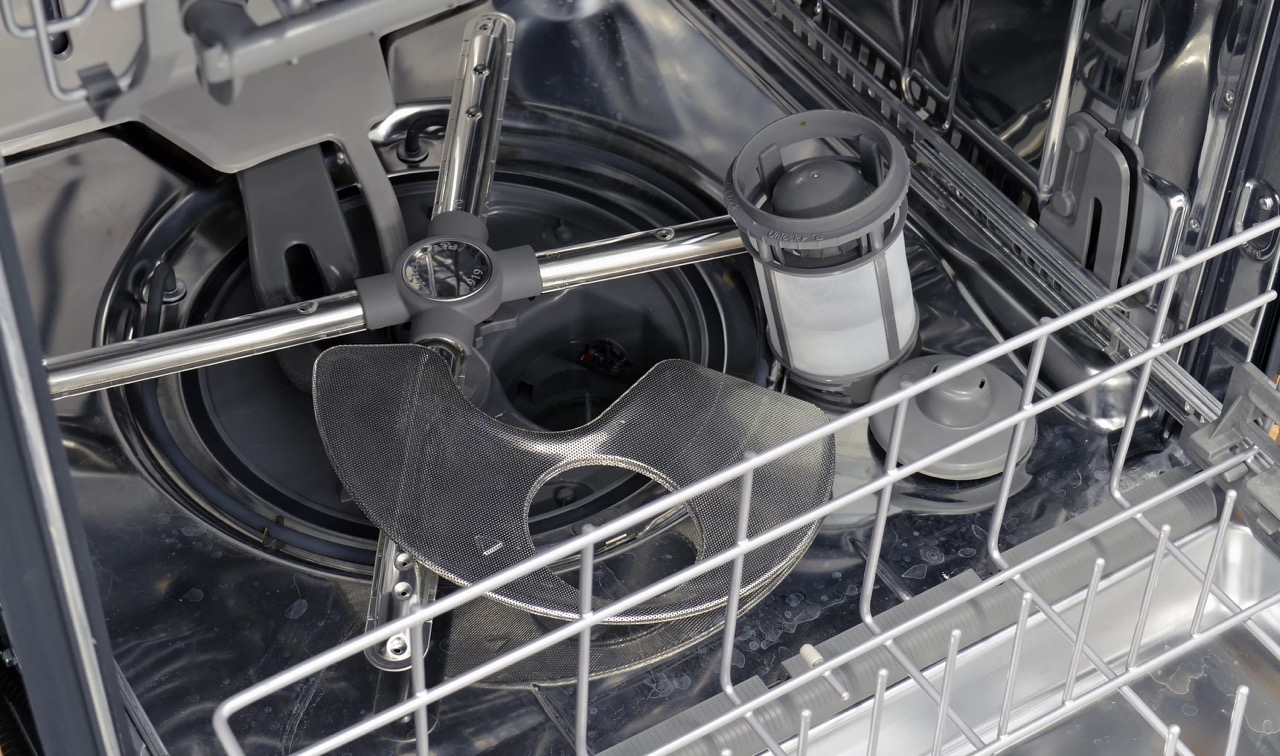
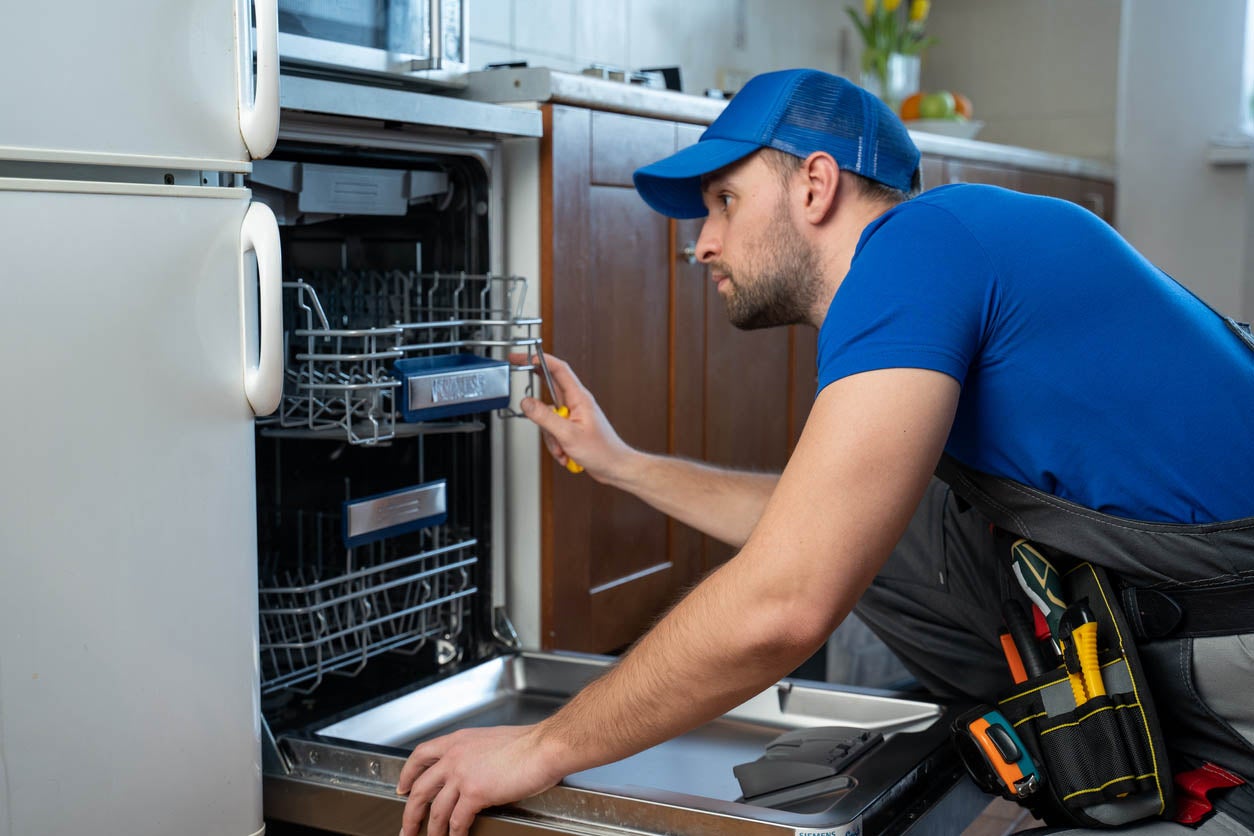
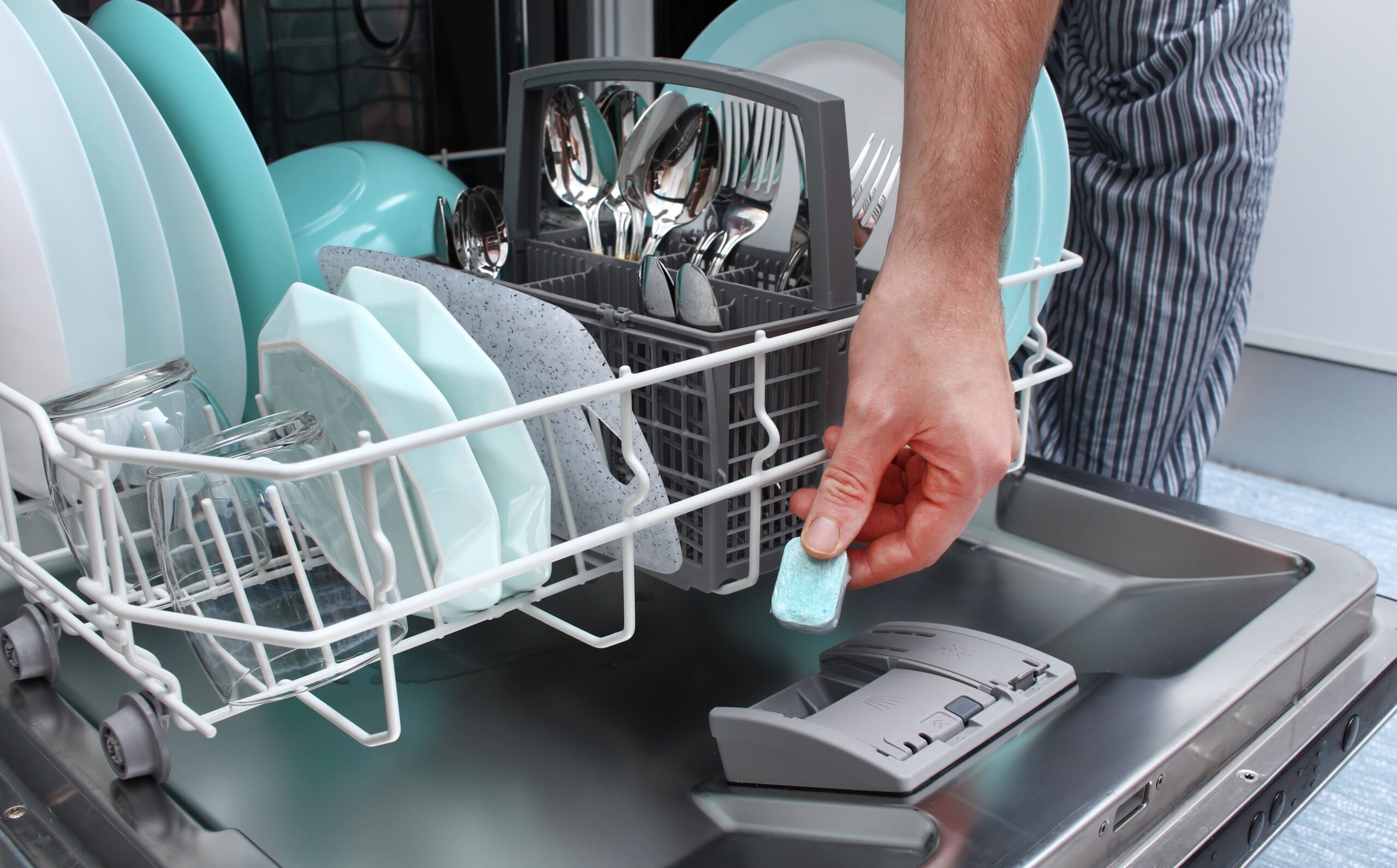
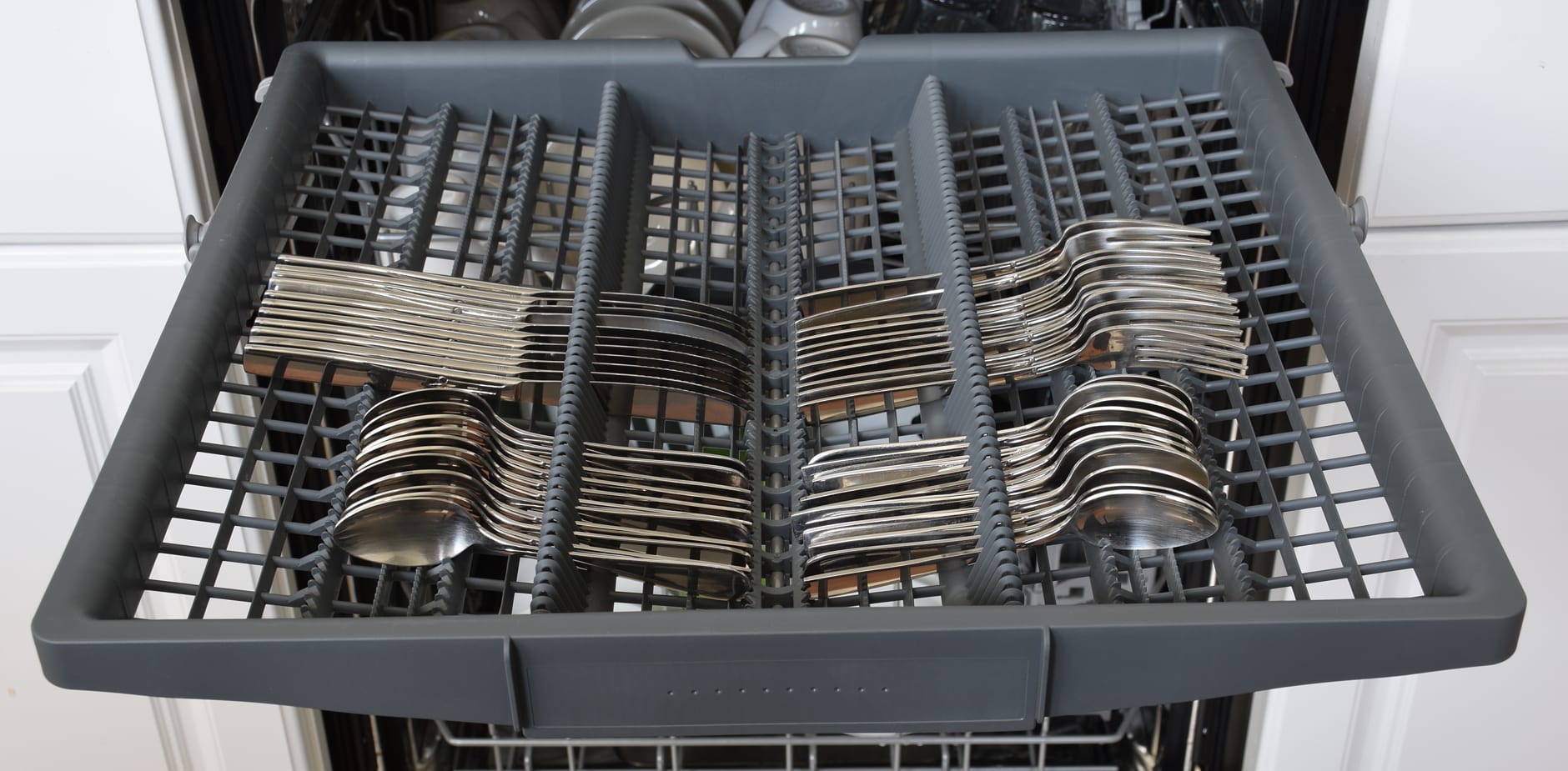
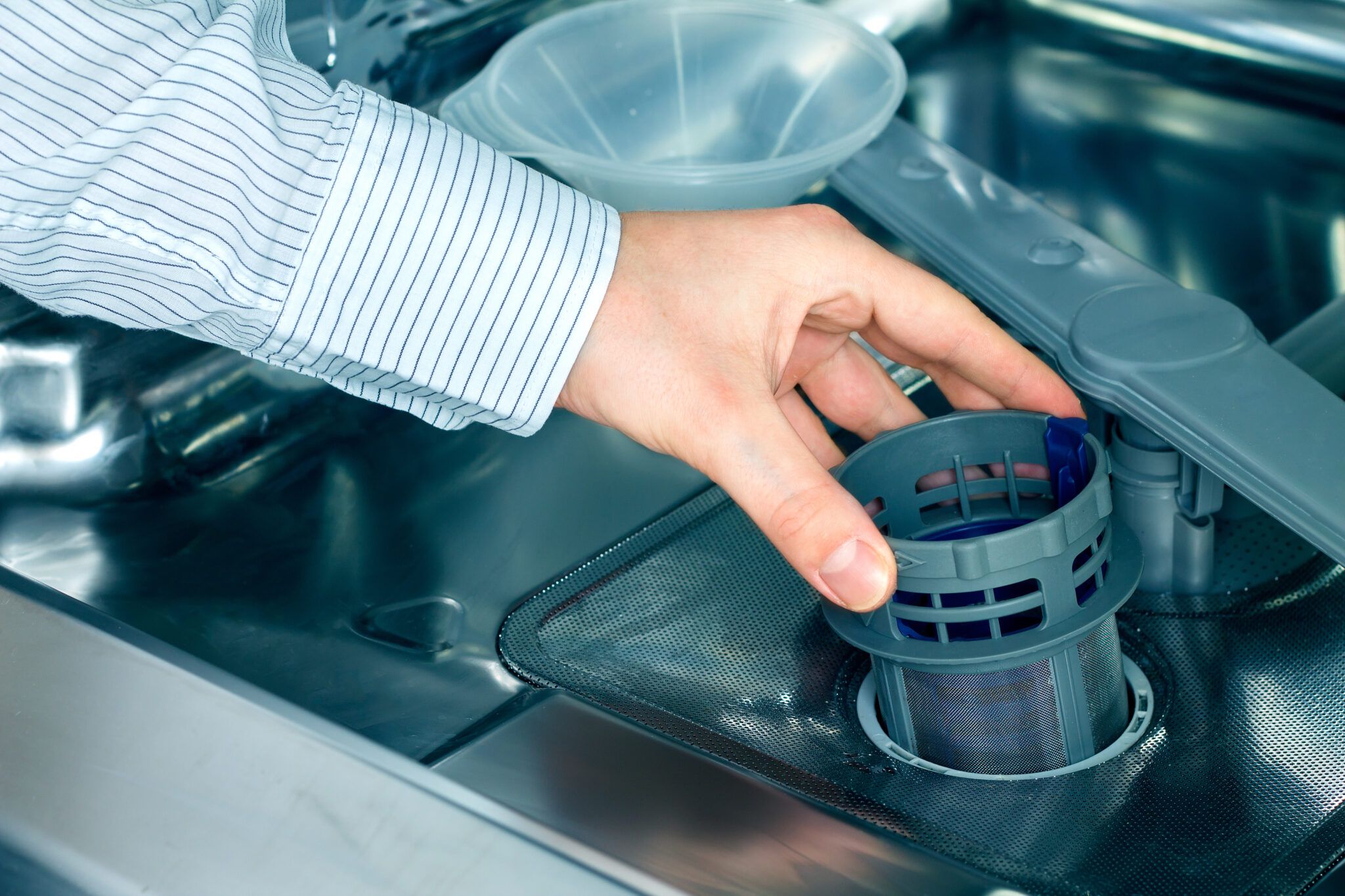
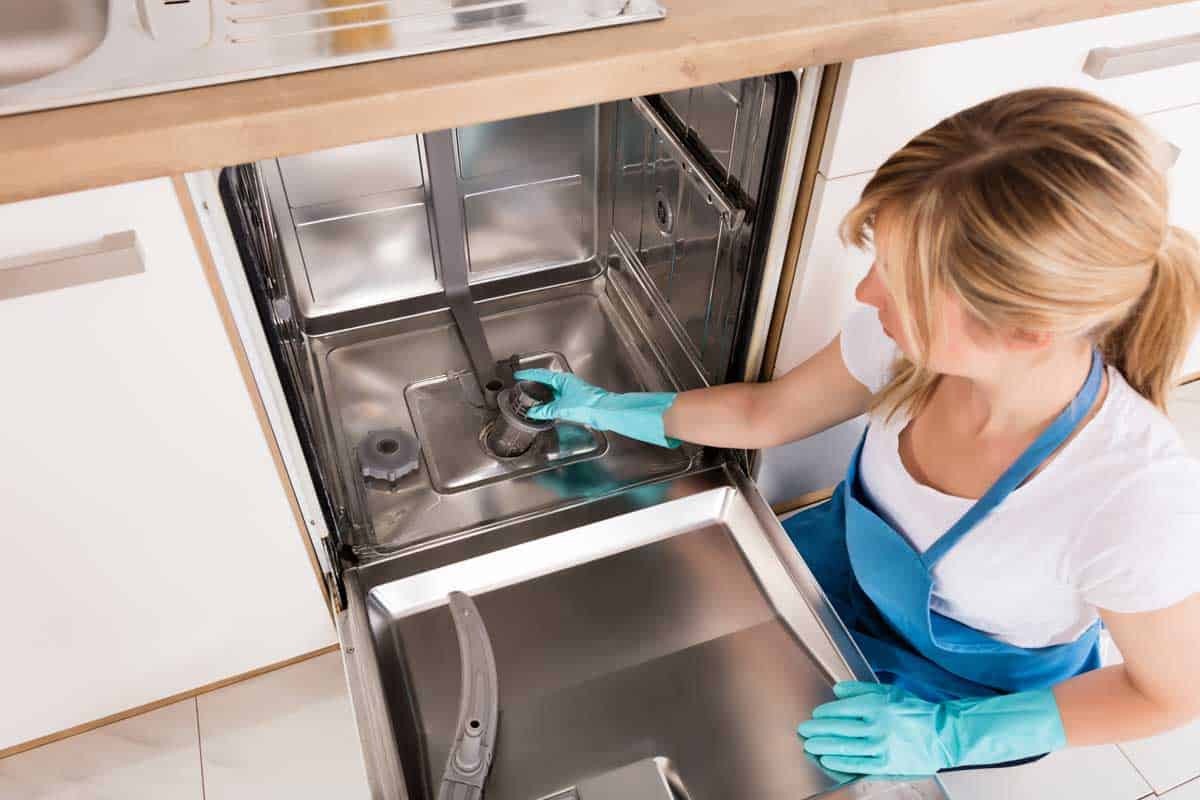
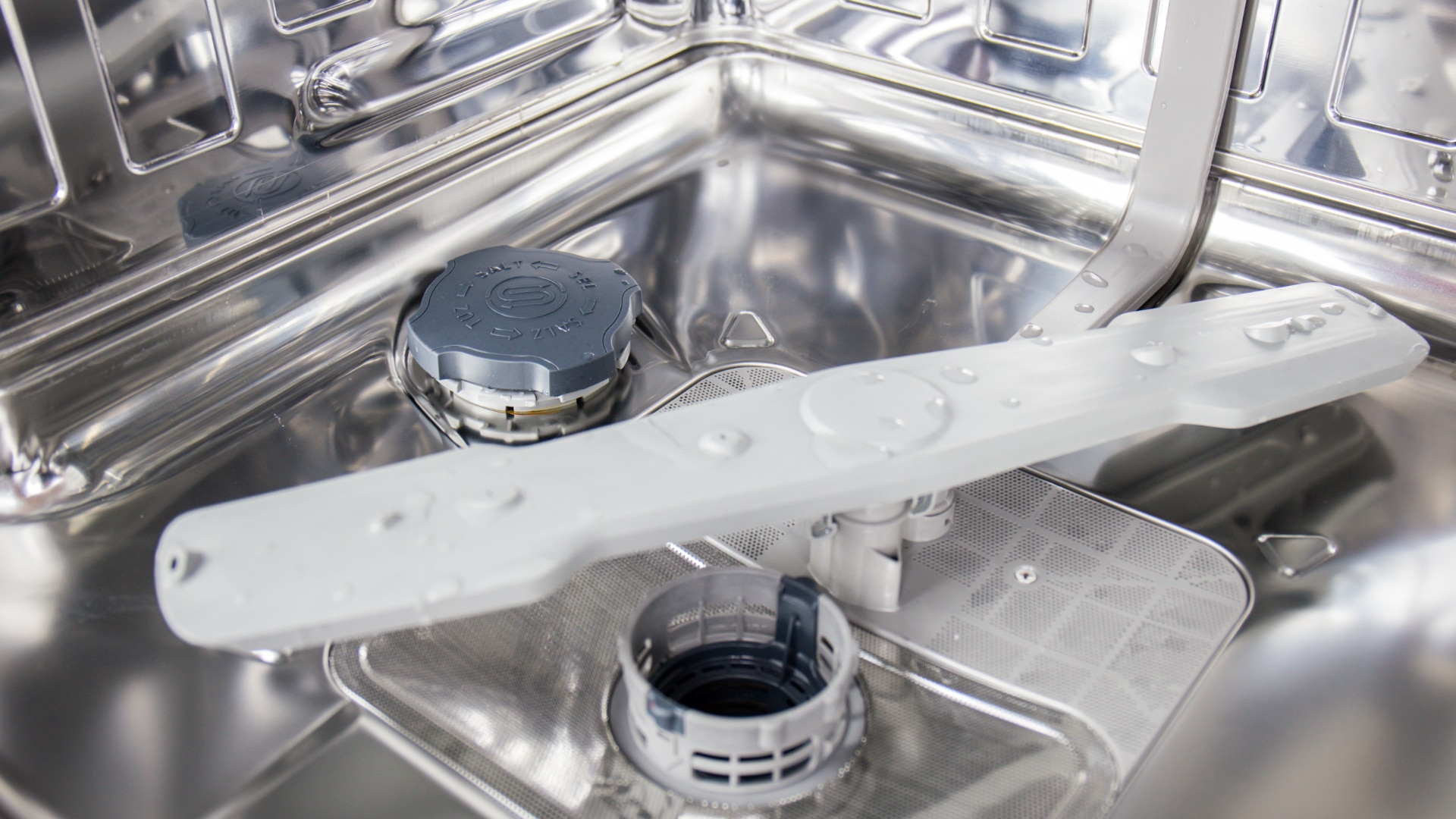
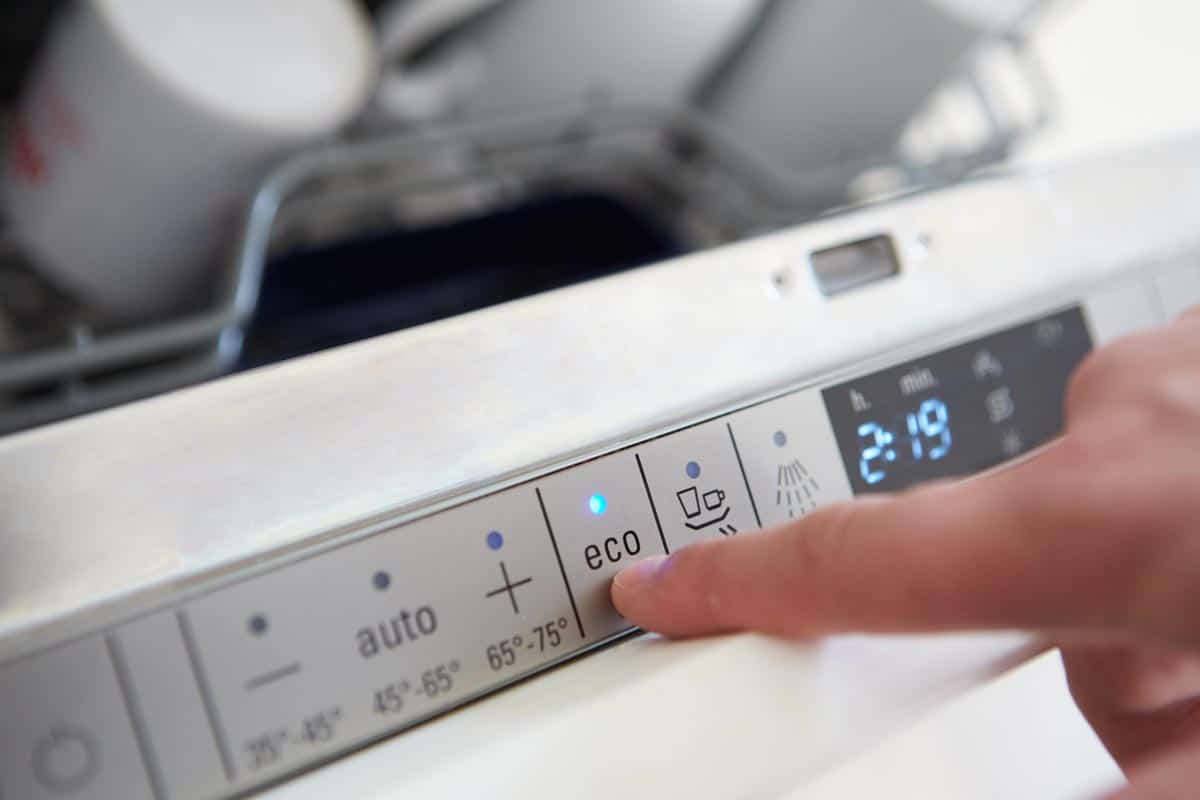
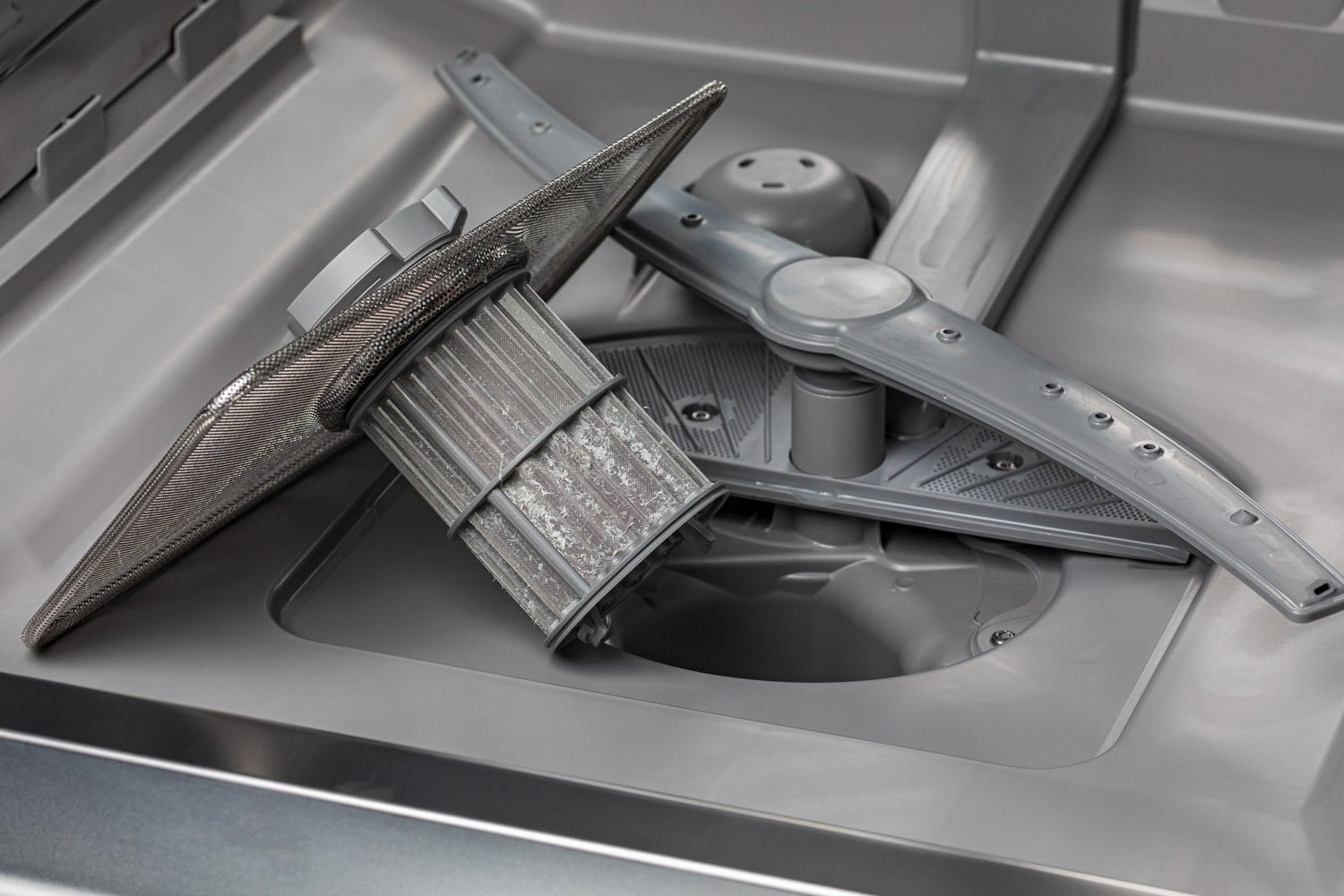
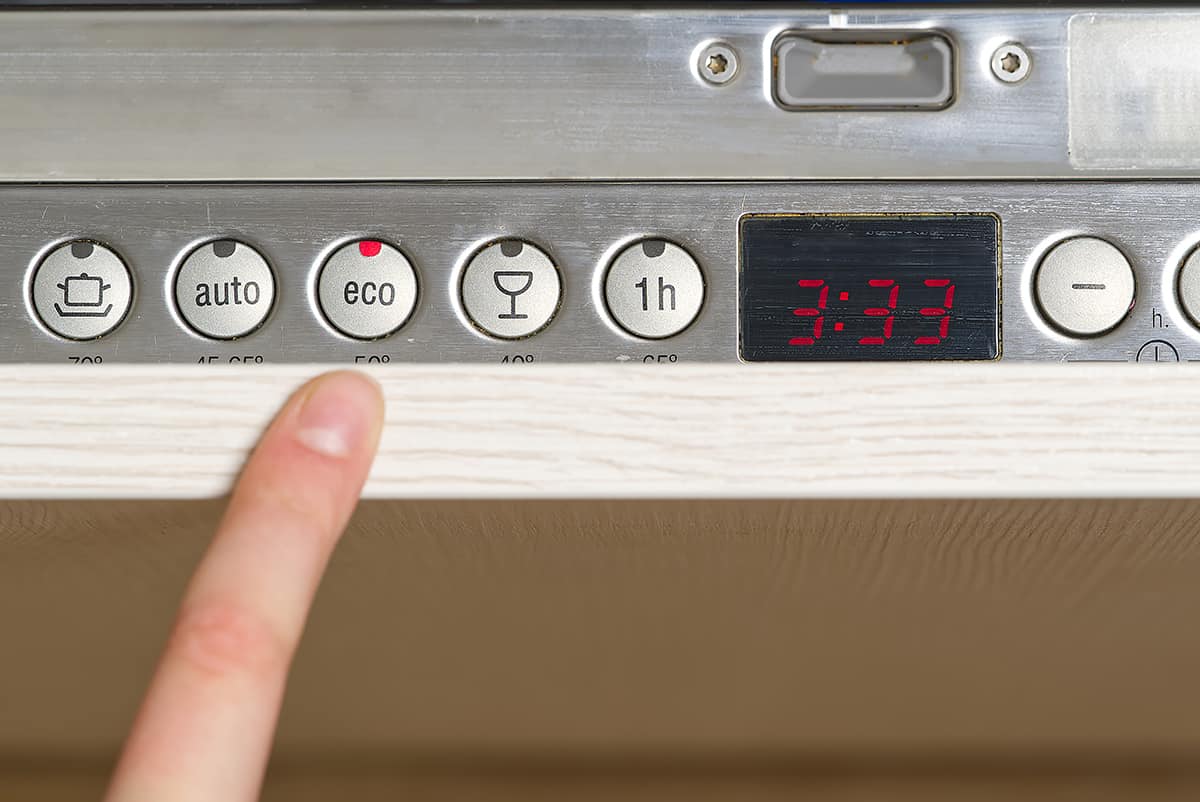
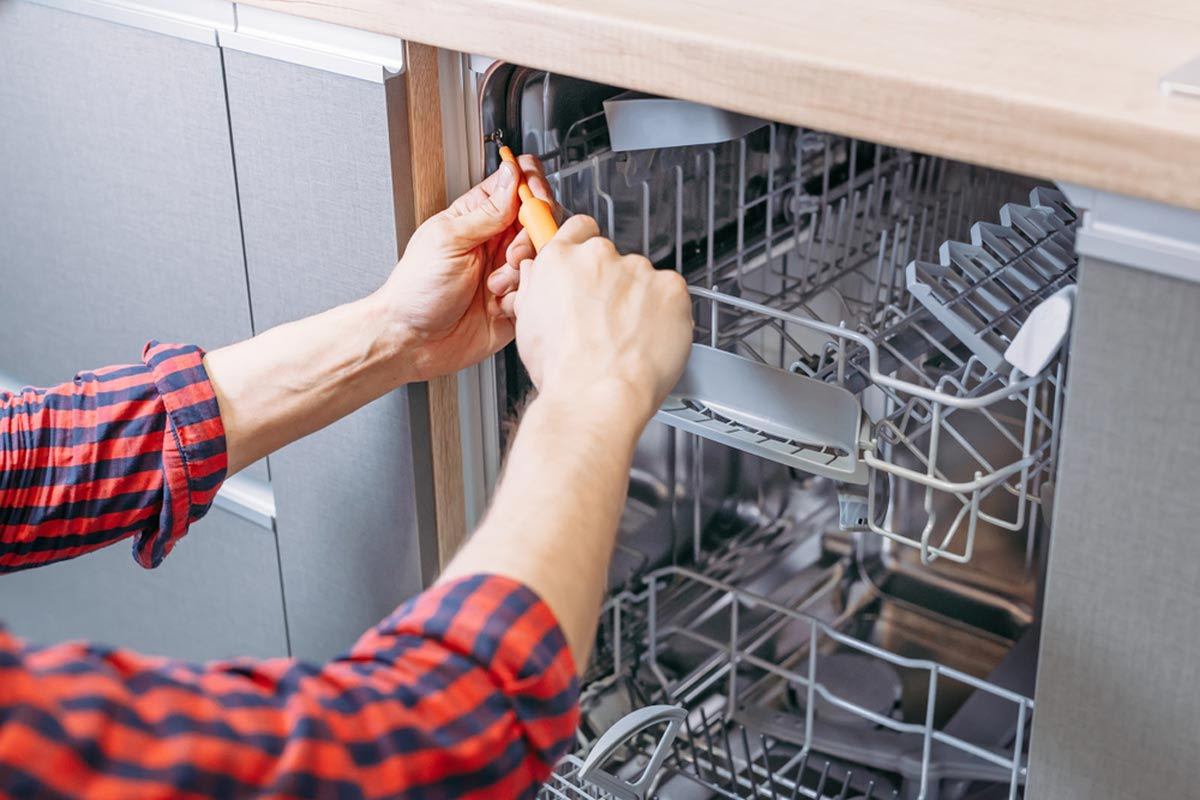
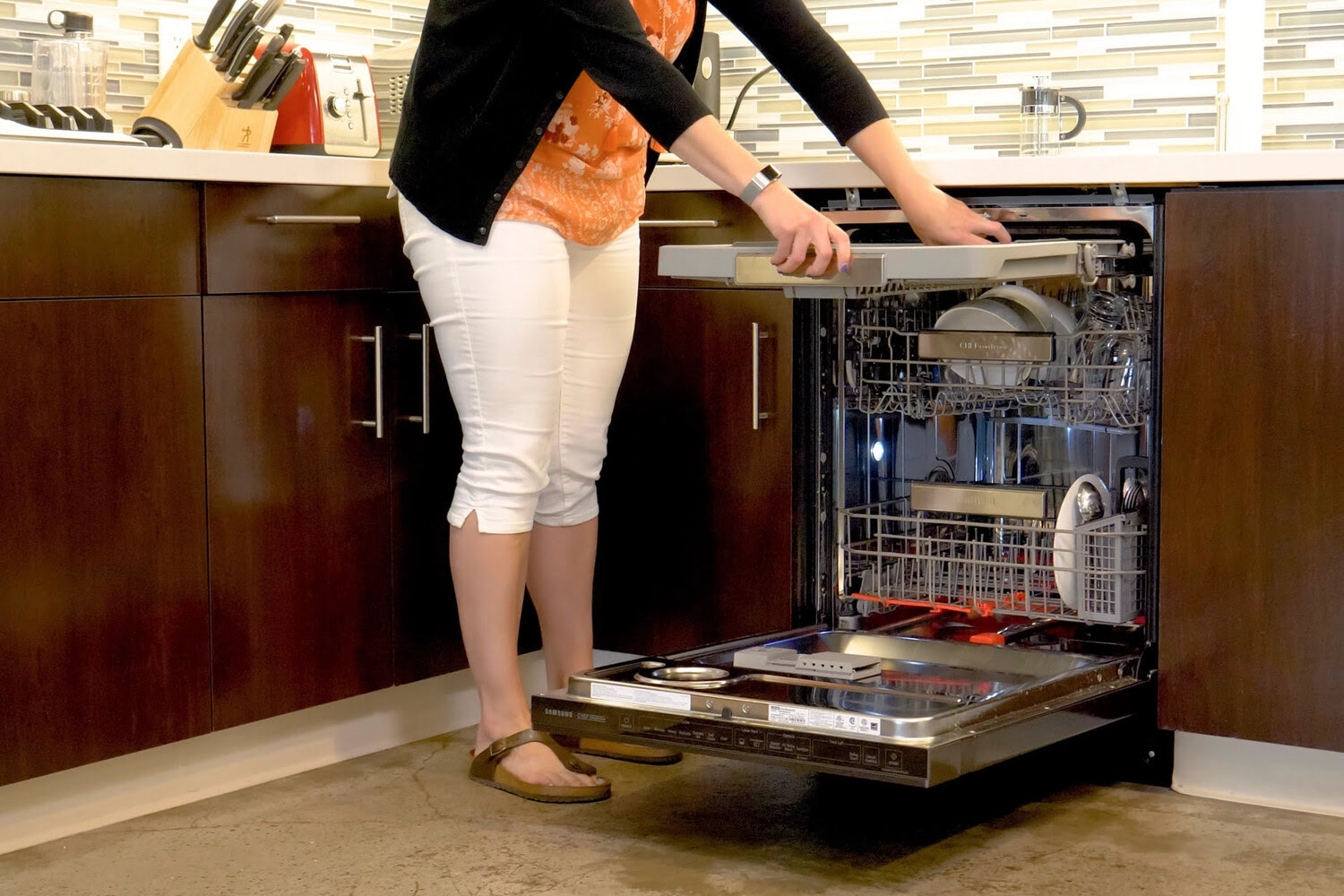
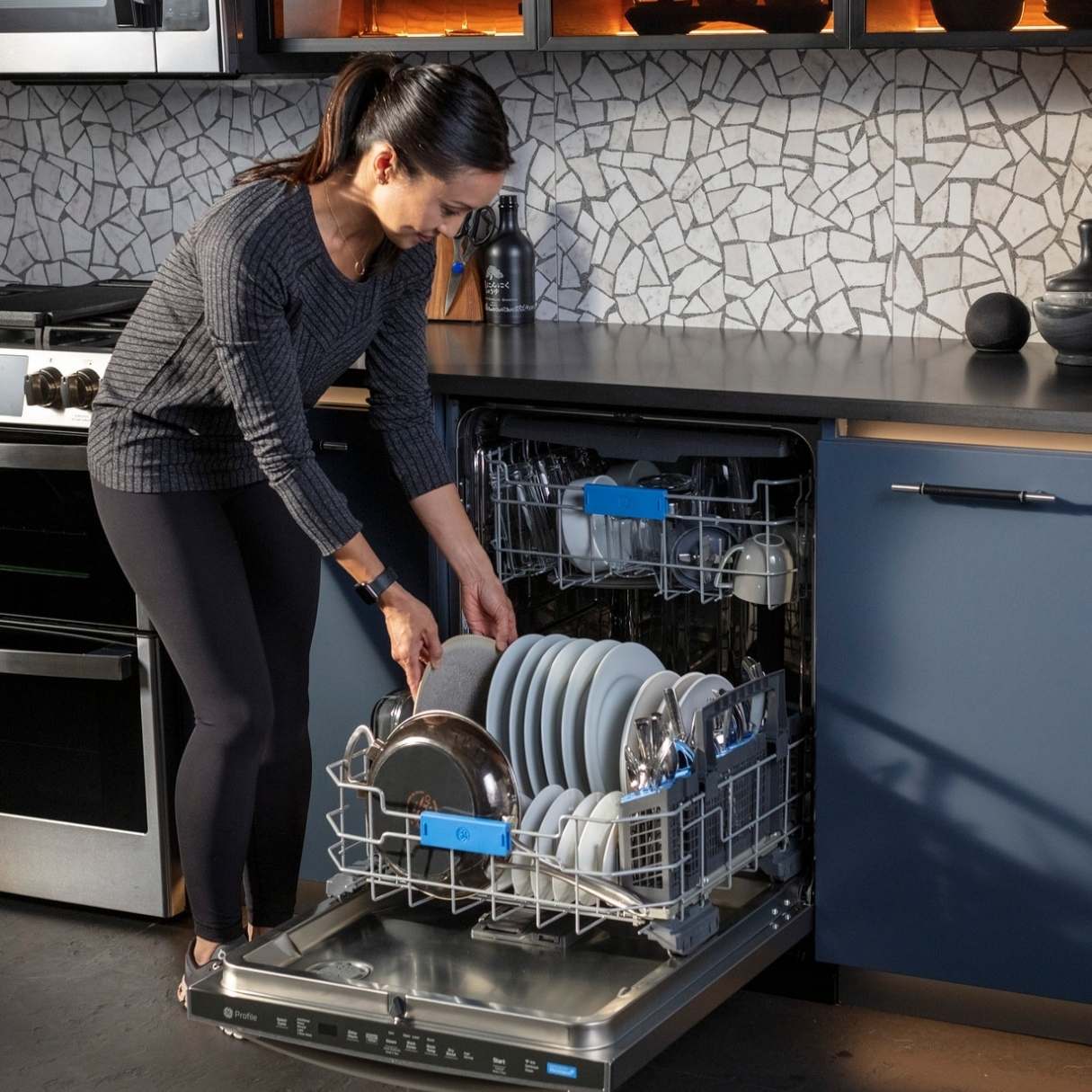

0 thoughts on “How To Replace Dishwasher”